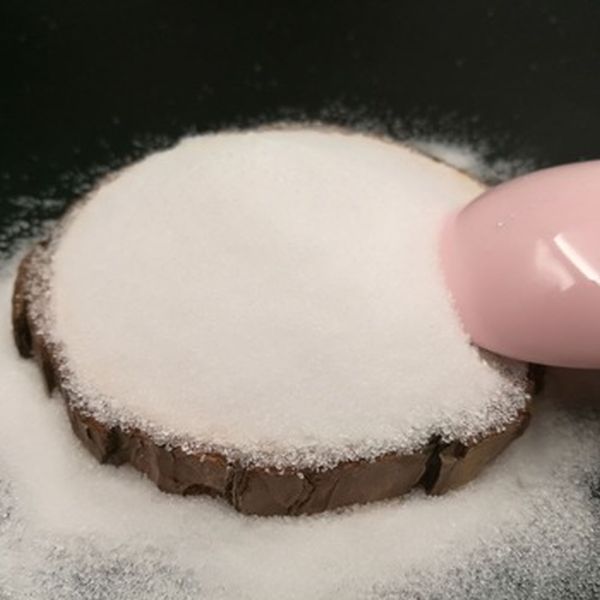Neotame is by far the sweetest synthetic sweetener in the world and the safest sweetener in the world with the taste closest to sucrose. Neotame has a pure sweetness, very close to aspartame, and does not have the bitter and metallic flavors often associated with other powerful sweeteners. Under various conditions, its flavor distribution is not significantly different from that of aspartame. Although Chemicalbook is similar to sucrose in stimulating the formation of neotame, it can be compared with aspartame. Initially it lags slightly, while the sweetness lasts a little longer. Similar to aspartame, in complex food systems, other ingredients such as polyols, sucrose, or oxyacids can be added as needed to change these temporary effects.
In October 2003, the Chinese Ministry of Health approved Neotame as a sweetener for general use in various foods and beverages. The amount of addition depends on the production needs. Neotame is the only safe sweetness approved by the Ministry of Health in China for unlimited use in food Agent. A large number of studies have shown that the results of Chemicalbook indicate that Nitrogen is used in all populations including children, pregnant women, lactating women and diabetic patients. The use of neotame does not require that keteneuria patients show that neotame is the only artificial sweetener in the current sweetener market without contraindications.
Neotame can be rapidly metabolized in the human body. The main metabolic pathway is the hydrolysis of methyl esters by enzymes produced by the body, and finally produces defatted neotame and methanol. The methanol produced by the decomposition of neotame in the human body is far from enough to pose a health hazard to the human body. Compared with ordinary foods such as Chemicalbook, such as juice, vegetables and vegetable juice, the amount of methanol produced by the decomposition of neotame is very small. For example, the content of methanol in tomato juice is more than 200 times that of the beverage containing neotame. Neotame can be completely excreted with urine and feces, and will not accumulate in the body.
Neotame can also enhance the flavor of certain foods and beverages, especially sour fruit flavors (such as oranges, lemons and grapes) and cherry flavors. Unlike Aspartame, there is no sweet synergistic effect between Neotame, acesulfame and saccharin, which provides more convenience for food and beverage manufacturers to develop new products because Neotame can be used alone Using Chemicalbook, it can also be mixed with other nutritive or non-nutritive sweeteners. The emergence of New Sweet provides food manufacturers with more flexible sweet solutions. Adding to starchy foods can inhibit starch aging and prolong the shelf life of foods; adding to protein-rich foods such as eggs and fish can inhibit protein denaturation and maintain a good food taste.
Post time: May-28-2020
